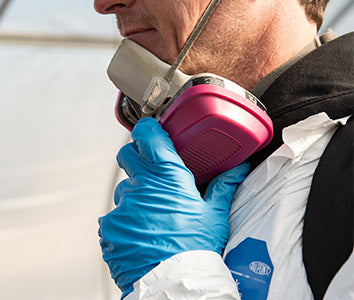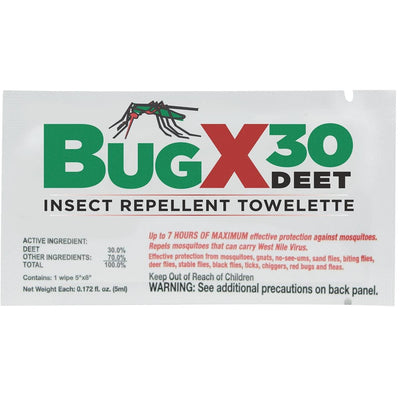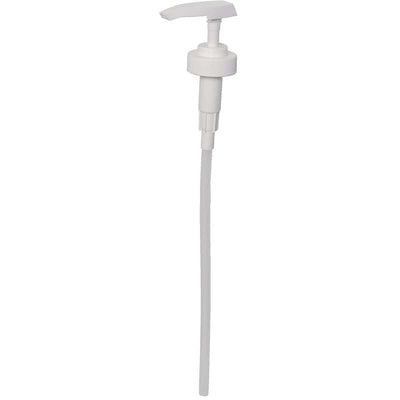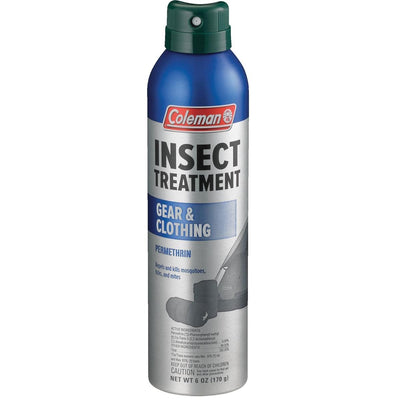Protect Yourself From Ticks
Here are some key points.
- Lyme disease is transmitted by deer ticks and western black-legged ticks that have been infected with Lyme disease bacteria.
- You cannot give Lyme disease to or get it from another person.
- It’s important to wear the right clothing and take other preventive measures if you will be in an area with ticks.
What are ticks?
- You may or may not have heard of ticks – tiny, eight-legged creatures that may be no bigger than a pinhead until they become adults.
- The kinds of ticks we’re particularly concerned about are called “deer” ticks and “western black-legged” ticks, which can transmit disease to animals and people.
- Deer ticks and western black-legged ticks are found in many states, but are especially prevalent in the Northeast, the North Central part of the country, and northern California.
- They are often found in great numbers in brushy, woody, and overgrown grassy areas. However, they can also be carried by rodents, pets, and other animals to other locations, including the inside of buildings.
- These ticks feed on blood by inserting their mouthparts into a person’s skin. As they are feeding, their bodies slowly enlarge.
- Deer ticks and black-legged western ticks may attach to any part of the body, but they most often attach to such hidden and hairy areas as the groin, armpits and scalp.
- Because they are so small, they may feed on a person’s blood for days without being noticed.

Some deer ticks, which feed on white-tailed deer and other animals, transmit Lyme disease.

Fatigue is one of the early symptoms of possible Lyme disease. However, the symptoms of this disease are similar to those of other flu-like illnesses.
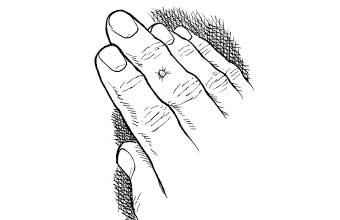
If you spot any ticks on your skin or clothing, remove them as quickly as possible.
What is Lyme disease?
- Some deer ticks and western black-legged ticks transmit bacterial infections. The most well-known of these is called Lyme disease.
- Although deaths from Lyme disease are very rare, it can result in serious health effects if it isn’t treated early.
- Lyme disease is transmitted by deer ticks and western black- legged ticks that have been infected with Lyme disease bacteria. Although you may get Lyme disease if you are bitten by one of these ticks, you cannot get it from another person or transmit it to another person. You also cannot get it from your pet or another animal.
Lyme disease symptoms
- Although more than 15,000 cases of Lyme disease are reported in the United States each year, many cases are not reported.
- That’s because the symptoms of Lyme disease are similar to those of many other flu-like illnesses. So it can be hard to recognize.
- However, if you have been in an area with ticks or think you have been bitten by a tick, watch for these possible early symptoms of Lyme disease: a rash or red patch, especially one that enlarges over several days (the center of this rash may clear as it enlarges, giving it a bull’s-eye appearance); fatigue; a mild headache; pain and stiffness in the muscles and joints; a slight fever; or swollen glands.
- The symptoms indicating later stages of Lyme disease may include: arthritis, especially on and off swelling and pain in the knees; neurological problems, such as facial paralysis or inflammation of the nerves; or heart problems.
- If you have reason to believe you may have Lyme disease, talk to your supervisor about seeing a doctor. Lyme disease can be very effectively treated with antibiotics when it is diagnosed early.
Important preventive tips
- Stay out of tick-infested areas as much as possible.
- Wear light-colored clothing if you will be in an area that may have ticks. Also wear a hat, a long-sleeved shirt, long pants, socks, and sturdy shoes or boots. Tuck your shirt into your pants, and tuck your pants into your socks.
- Use an insect repellent that contains DEET or permethrin. Carefully read the label first and then apply as directed.
- If you spot any ticks on your skin or clothing, remove them as quickly as possible. The best way to remove a tick that is imbedded in your skin is to use a small tweezers to grasp it where its mouthparts have entered the skin. If you can’t get it out, get medical help as soon as possible. Wash the bite area and your hands with soap and water.
- If you are bitten by a tick, save it in a moist piece of tissue paper inside a closed jar. Label the jar with the date, the location where you picked up the tick, and where you found it on your body. If you see a doctor, bring the jar.
Tick Protection Do’s and Don’ts
Do
- Stay out of tick-infested areas as much as you can, especially during the spring and summer months.
- Wear light-colored clothing, a hat, a long-sleeved shirt, long pants, socks, and sturdy shoes or boots if you are in areas that may have ticks.
- Panic if you are bitten by a tick. But remove it as quickly as possible, making sure that its mouthparts do not remain in your skin.
- Forget to carefully check yourself for ticks, especially after you have been in brushy, woody or grassy areas.
When you’re ready to work safely, you’re ready to work. See our full line of safety supplies, including respirators, eye and ear protection, coveralls, first aid and more.
Sun & Insect Protection

28% OFF
Grandpa Gus's Old Time Natural Repellents

Tick and Chigger Gaiters

USA MADE
Ben's® 30 Eco Spray

SPF 36+ Industrial Sunscreen

Sold Out
SunX Sunscreen

Nylon Mesh Mosquito Netting

NEW
Ben's 30 Eco Spray | 12 Pack

NEW

